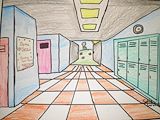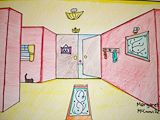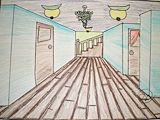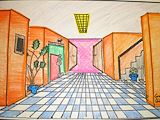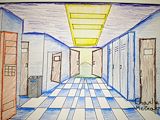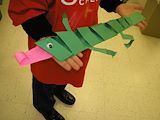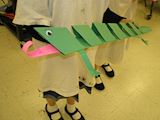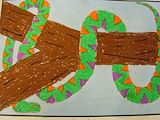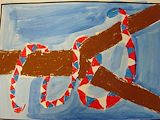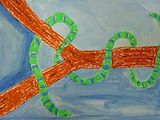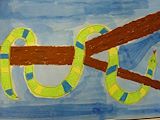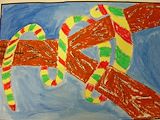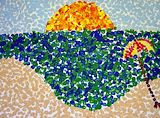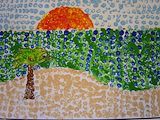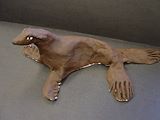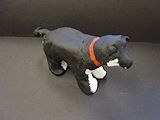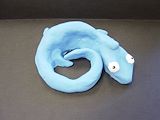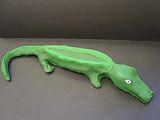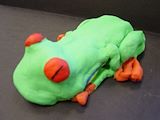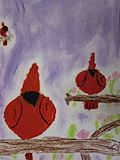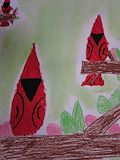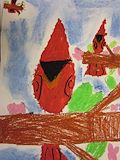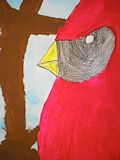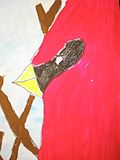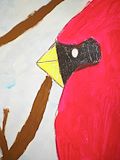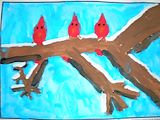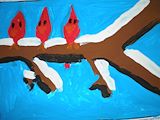I spend a lot of time with my Kindergartners on directed drawings. We take the first two or three months of school discovering how shapes and lines go together to make an image. I have found the directed drawings we do to be some of the most popular lessons with the kids and their parents. The children are always so pleased and proud with their finished products! Here is a quick peek at how I taught the lion lesson.
We began by dissecting the image to discover exactly which shapes and lines we would need.
After we identify the elements we need, I give them their jumping off point, which in this case
was the large "U".
Now they listen to my oral directions and add the rest of the pieces!
Once the drawing is complete, we always outline our work with a black crayon. We used watercolor paint for the lion's face and tempera paint for his mane. As we draw, I always ask the kids how they could turn their drawing into something else. I got some great answers with the lions! Around steps 1 and 2 the kids said they could stop with the lion and make a flip flop instead. Once we added ears, a lot of kids said we could stop and turn him into a bear or a monkey.
